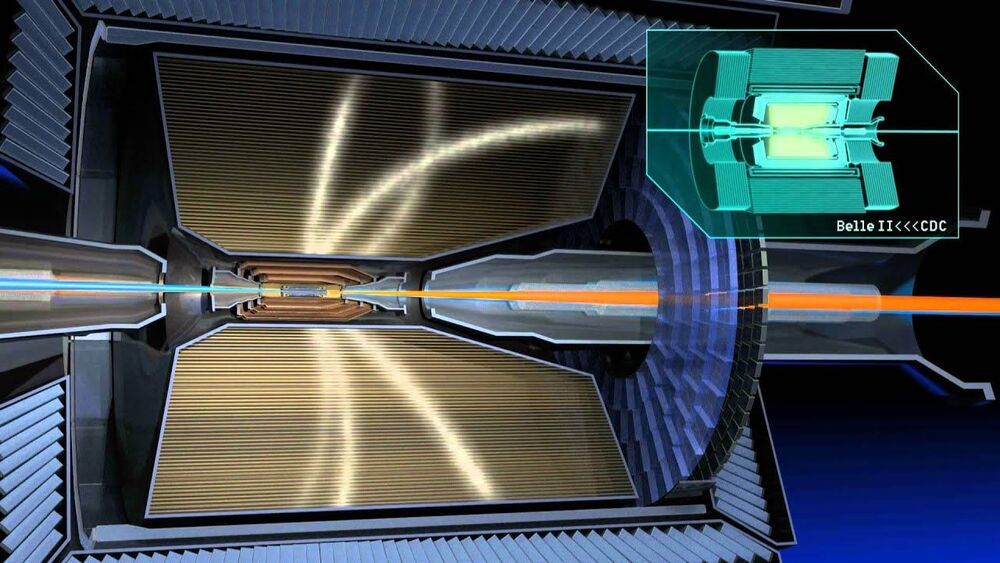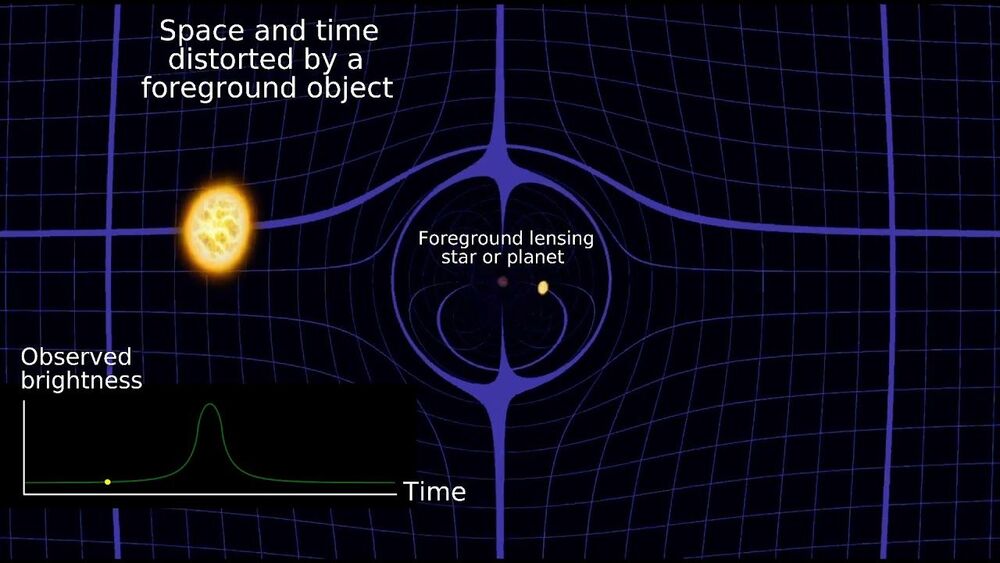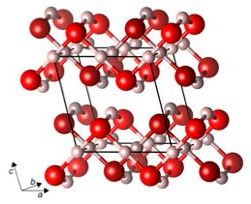Jul 14, 2021
Device taps brain waves to help paralyzed man communicate
Posted by Quinn Sena in categories: biotech/medical, computing, neuroscience
In a medical first, researchers harnessed the brain waves of a paralyzed man unable to speak — and turned what he intended to say into sentences on a computer screen.
It will take years of additional research but the study, reported Wednesday, marks an important step toward one day restoring more natural communication for people who can’t talk because of injury or illness.
“Most of us take for granted how easily we communicate through speech,” said Dr. Edward Chang, a neurosurgeon at the University of California, San Francisco, who led the work. “It’s exciting to think we’re at the very beginning of a new chapter, a new field” to ease the devastation of patients who lost that ability.


















